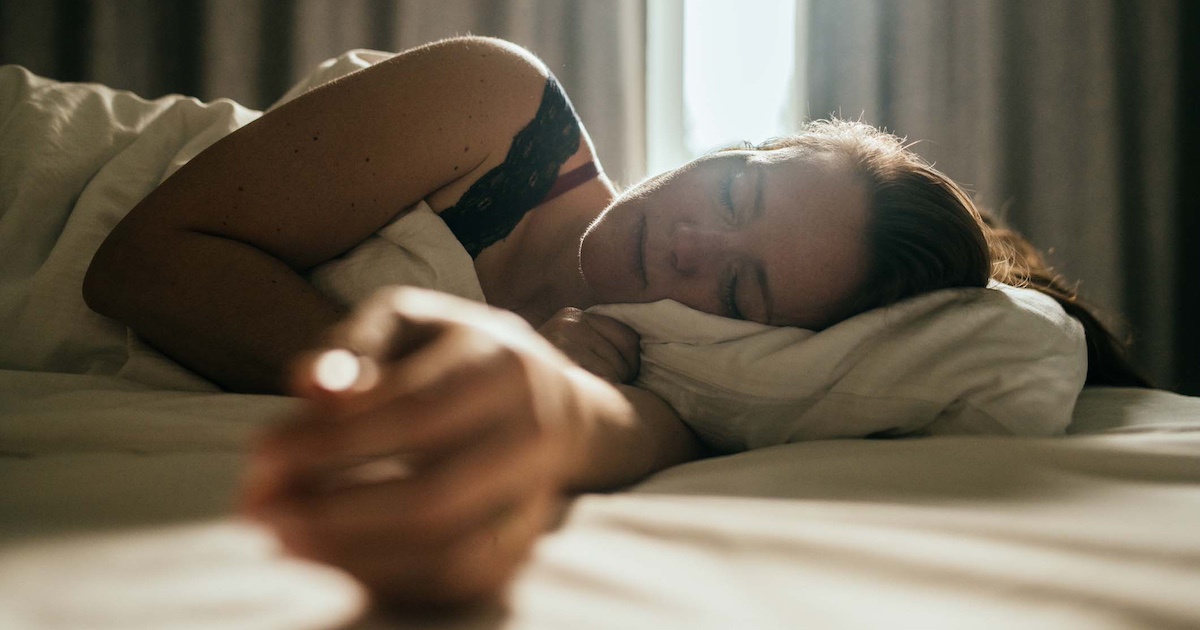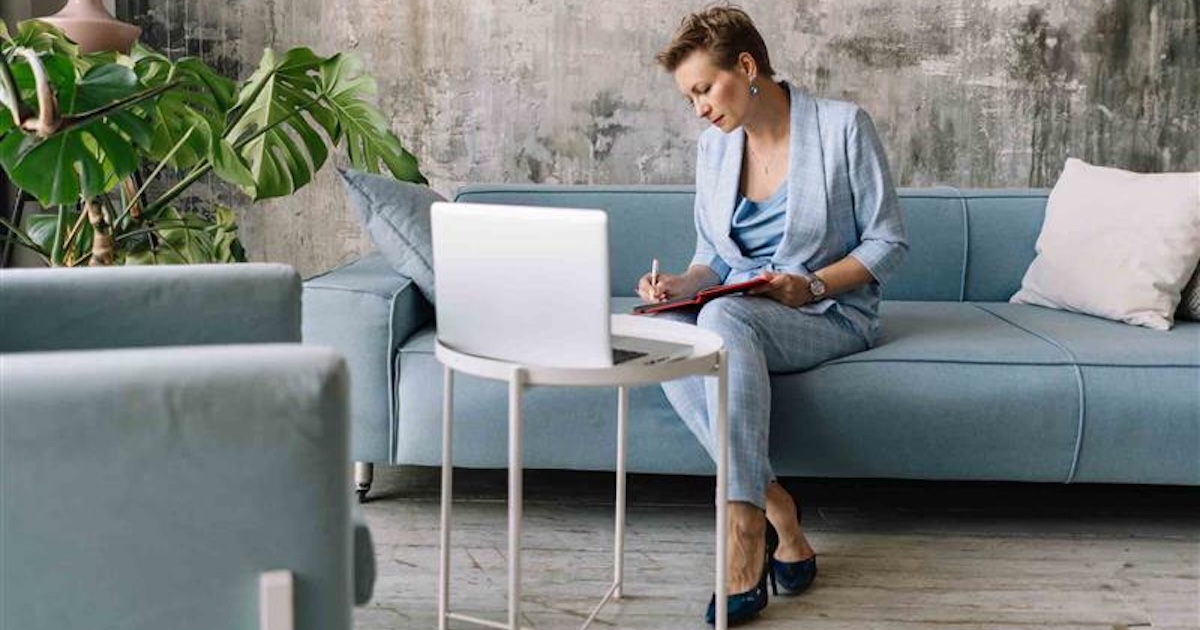 "Everyone is going to look for solutions that not only improve care but also save healthcare dollars," MedApps CEO Kent Dicks told MobiHealthNews in a recent interview. "No one can dispute that."
"Everyone is going to look for solutions that not only improve care but also save healthcare dollars," MedApps CEO Kent Dicks told MobiHealthNews in a recent interview. "No one can dispute that."
MedApps navigated the early years of wireless health, first as a mobile phone-based solution, which the FDA approved in 2007, before switching to a connected, dedicated device, called HealthPAL. It's a bit smaller than a mobile phone, but unlike a phone based solution MedApps does not require the user to push any buttons to function. Although HealthPAL has buttons to access simple menu options, users are not required to even touch the HealthPAL device in order to transmit data for review and online storage. The goal was to maximize usability to improve compliance.
Dicks describes the current climate for wireless health companies as the time the wireless healthcare pioneers have been waiting for -- finally, the big companies are getting interested in the space.
"This fall is going to be a very engaging time," Dicks said. Read on for more highlights from our recent interview with MedApps.
 MobiHealthNews: How did MedApps begin -- describe the decision to move from a mobile phone based solution to the dedicated device offering, HealthPAL.
MobiHealthNews: How did MedApps begin -- describe the decision to move from a mobile phone based solution to the dedicated device offering, HealthPAL.
Dicks: MedApps originally started using the Symbian Series 60 platform. We started developing for that platform and we even received our first FDA clearance for our cell phone-based offering. Then we realized that the cell phone, by its very nature, has limitations. Although it is ubiquitous with some 80 or 90 percent of people having access to cell phones in the U.S., there are some endemic problems with mobile phone solutions. That's especially true for the people who spend the healthcare dollars -- the people entering the hospitals (which is the market MedApps is going after).
There are problems with mobile phones whether the target is a senior population or a Medicare/Medicaid indigent population. There is an "unused or abused" rule that goes with that market strategy: If you give a smartphone to a senior population, it may or may not get used. If you bring a cell phone into a household, it may get used for personal health or it may get abused for voice, text messages or music download services.
Those issues aside, using a mobile phone platform helped us realize that we didn't want to be at the whim of mobile phone makers. There were several examples in the past of healthcare organizations that built cases for commercially available phones that had glucose monitors built into them. Of course, handset makers change their platforms. It's the same for mobile app developers in healthcare: When you try to put applications on cell phones, you have to chase more than 250 different cell phone models and multiple platforms to do it. We use our own platform, the MedApps platform, and we spend a tenth of what other companies spend who are chasing around cell phone platforms.
So, you have found that the dedicated device helps to reduce costs, too.
Yes, in order to control healthcare costs, we need to control our platform. Instead of having to adapt to every new platform that comes out, we use a single purpose device or personal health device (PHD) that sends personal health information (PHI) into the personal health record (PHR). That's what we are doing at MedApps: We are creating a platform that is dedicated solely to collecting personal health information, behavioral information and biometric information to send it to a central server in an invisible way so that the user doesn't have to press any buttons. If the user misses any data, HealthPAL will alert them to send the data or it will alert a caregiver.
How does the MedApps solution help the care providers do their job better or more efficiently?
 In our early days, one of the first and most important things we noticed at care facilities was that our partner, McKesson's nurse call centers had to call patients to record patients' health metrics. Their reimbursement contracts required them to call patients and ask for readings so that they, the nurses, could record these metrics manually into a computer. The nurses, of course, could only get a hold of their patient 20 or 30 percent of the time. They had to call back numerous times to get a hold of some people. With a solution like the MedApps' solution, we are able to give a device to a patient that allows the readings to flow in automatically. The nurse only has to deal with the deltas -- like the reds and the yellows, instead of the greens. They can also manage compliance issues. It's a great cost savings for a company like a McKesson to utilize something like this.
In our early days, one of the first and most important things we noticed at care facilities was that our partner, McKesson's nurse call centers had to call patients to record patients' health metrics. Their reimbursement contracts required them to call patients and ask for readings so that they, the nurses, could record these metrics manually into a computer. The nurses, of course, could only get a hold of their patient 20 or 30 percent of the time. They had to call back numerous times to get a hold of some people. With a solution like the MedApps' solution, we are able to give a device to a patient that allows the readings to flow in automatically. The nurse only has to deal with the deltas -- like the reds and the yellows, instead of the greens. They can also manage compliance issues. It's a great cost savings for a company like a McKesson to utilize something like this.
So, do you believe the smartphone or mobile phone has a place in wireless healthcare?
Well, like I said before -- if we gave that indigent population or that senior population a cell phone or a smartphone, there's a good chance it would go unused or it would be abused. The patient is not financially responsible for that device, so they may run up big bills on them. That has been one of the biggest hindrances for smartphones [in healthcare]. That said, our viewpoint is that yes, of course, the smartphone has its place. Yes, the iPhone is a brilliant platform. I have an iPhone and all of my people carry iPhones as well, but I am not the person spending healthcare dollars. I am not in the emergency room. The iPhone might be used by my insurer to give me a free app to check to make sure I took my medications, my measurements, my wellness or my exercise levels to stop me from getting out of shape. The MedApps solution is used for the population in the next level up -- these are people who are starting to have healthcare costs -- they may not be the frequent spenders -- they are people that providers may want to monitor at a regular basis. No matter whether they are at home or on the road and mobile. The idea is to get them and keep them compliant and out of the emergency room.
The existing devices in the market today, like those from Philips, Health Hero, Intel and others are typically point of care solutions that usually hook up to a phone line. That likely requires a significant investment. The industry during the last ten years has been putting these devices with patients that they call "frequent fliers" or those that go into the emergency room and rack up healthcare costs. What they are trying to do is put a system like that with those patients in a reactive mode to keep them from having to go to the emergency room again. What we are trying to do, what much of the [wireless health] industry is trying to do: Is get to these patients in a proactive mode.
Even thought the HealthPAL device is not a phone, it does run on cellular networks. Is your solution always cellular-based? Do you have options that use existing land line data in the home?
We are offering a tiered approach. MedApps started with GSM (AT&T) and we recently added CDMA (Verizon Wireless). We have a docking station for HealthPAL that is used for charging, which is a big issue with the senior populations. We have found that many seniors believe that charging cell phones is wasting energy and money, so a lot of times they do not charge their units or leave them on -- which, of course, makes them ineffective in this [remote monitoring] context. We have had this conversation with large technology companies that are going after the senior market. For our device's docking station and really the whole solution: We consider the solution to be 20 percent technology and 80 percent psychology. The docking station charges the device but it will also use different modalities to communicate back to the online portal. We are adding POTS (plain old telephony services) to the docking station via an add-on module. We are adding a GSM chip directly into the docking station, too. In the future we plan on adding WiFi, WiMAX and Ethernet to the docking station as demand calls for it.
Really, WiMAX too?
Some of our partners will want WiMAX embedded, yes. WiMAX doesn't have ubiquity yet, but the market will dictate to us. When we look at the 80 or 90 percent market share for technologies like Bluetooth, the decision to interoperate with those devices is easy. We will get into ZigBee and ANT+ or the other ones as demand for them increase.
You mentioned interoperability -- Bluetooth and ZigBee are two technologies that the Continua Health Alliance has tapped as suggested technologies that personal health device makers should use to ensure interoperability among different companies' products. It sounds like, market willing, however, MedApps plans to go beyond those?
Yes, well, our role at Continua is to be the early adopter. I came from big companies like American Express and Texas Instruments, and it's really hard for big companies, especially in these hard economic times, to innovate and get their ideas to market and commercialize. Instead of just letting the big companies create smart technology that is not adaptable or adoptable in the marketplace, we see our role at Continua as being the young and agile company that is running out in front to determine what are best practices and what works. In any nascent market that is just starting to emerge, companies begin by developing technologies on simple platforms because it's easy. However, if you walk in to Cleveland Clinic, which is where we are, and tell them you plan to monitor their patients with this really cool application, but add that they have to use a PC that is state-of-the-art and need broadband access or access to a smartphone... Cleveland Clinic will tell you: Great, you just eliminated 70 percent of the patients that are costing me dollars in the emergency room.
Right, which is where the dedicated device comes in. Since this device is a new one, however, what is the level of involvement required by technicians to help the patient use it?
What we are trying to do is drive back and create a system that is open allowing it to be used with any patient. One of the pain points that the market experienced, is that if you do put a solution based on a smartphone out in the market and you send it out to Granny -- Does a technician have to go out to the person's home to help them connect it to their PHR? Can it be ready to go right out of the box? If Bluetooth pairing is required, does Granny have to figure out how to pair the two devices via Bluetooth? Or can that be done remotely? Within 15 minutes of our device coming out of the box and getting charged, we can send firmware to it wirelessly to repair the Bluetooth connection. That way the service provider does not have to send a technician out. It is technology strategies like this, that help keep healthcare costs down. That's also good for nurses: One of their biggest struggles over the last ten years has been becoming technicians for these types of services to help patients get them configured or to troubleshoot. Instead of spending time on making sure the patient is eating right or taking their medication, they have to spend time on the technology. That's one pain point we are trying to solve.
Which of MedApps solutions already have FDA clearance?
We started out with a cell phone first and we got FDA approval for sending data wirelessly from a glucose meter back to the user's cell phone and then onto a central server where a nurse reviewed it. We had an IVR system along with it, too. That baseline system was approved back in July, 2007. In June, 2009 we had the HealthPAL device approved by the FDA and that marked our redesign, taking us from a cell phone to our own dedicated device unit. The FDA approved HealthPAL not only for glucose [monitoring] but for connecting scales and pulse oximeters, too. That's our wireless device offering. We are also looking at INR now, because there are reimbursement codes out there that are getting attention from our customers, because they can use some of them to get reimbursed for remote monitoring via our device too. That's the whole thing in this industry: Where can you get reimbursement for your technology? For this case it is INR codes. We are also going through testing for adding peak flow (for asthma) as well as a pedometer to HealthPAL. They both work with our system currently but we need to go through FDA still. Also, our HealthHUB device should get FDA clearance sometime around December of this year.


